
Built between 1860 and 1890 on the site of a former estate, the Archipel neighbourhood is one of the city’s most popular districts.
Read on
Belgisch Park began to take shape in 1883 following the construction of the Kurhaus.
Read on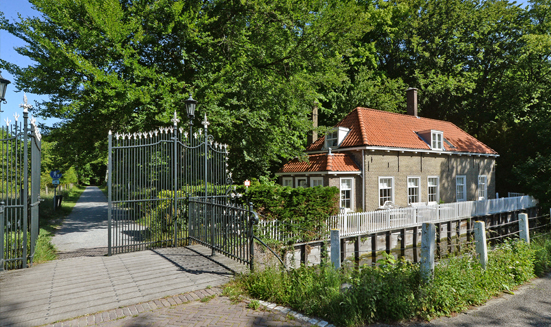
The stately Benoordenhout area is a much-loved and typical Hague neighbourhood. The houses, built mainly in the 1930’s are generally spacious and comfortable.
Read on
Bezuidenhout is a quiet neighbourhood dating from the 1930’s with lots of flats and upper floor apartments, though there are also some single family houses.
Read on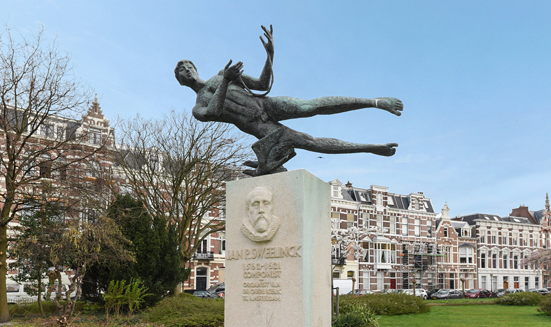
The first plans for this new residential area in what was then age-old dunes were drawn up around the end of the 19th century.
Read on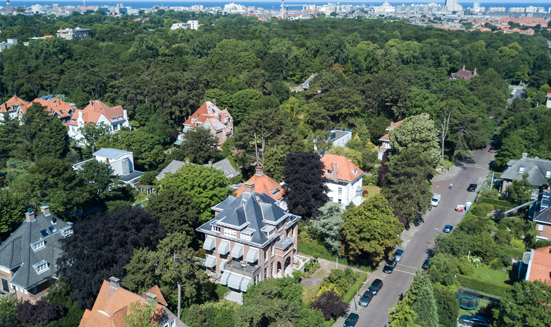
Many of the homes in the Westbroekpark and Duttendel neighbourhood were built prior to 1916, but a large part of the housing stock is post-1960’s.
Read on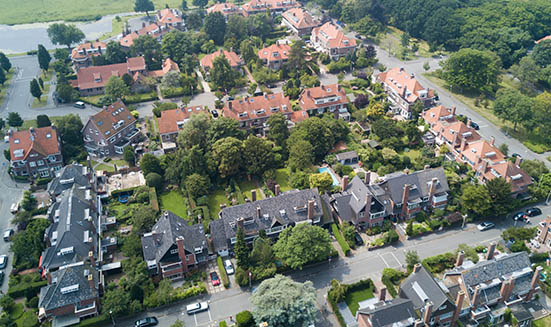
Marlot is a small, well-established, and leafy area with large villas, family houses, and some apartments.
Read on
Scheveningen is een stadsdeel van Den Haag, genoemd naar een vissersplaats die vervolgens opging in een badplaats en wijk in Den Haag.
Read on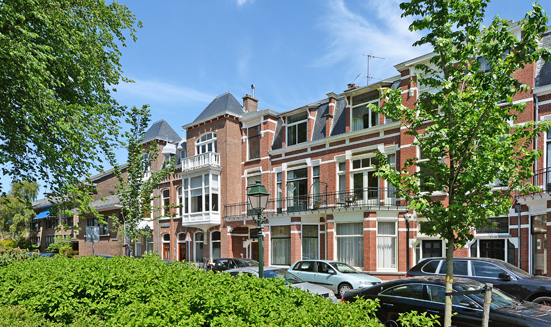
The Statenkwartier, built mostly between 1890 and 1915, is an extremely popular area of The Hague.
Read on
This neighbourhood, though modest in size, is home to stately historic villas dating from 1875.
Read on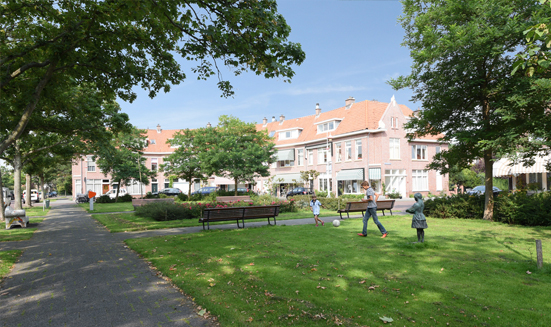
De Vogelwijk was built between 1910 and 1960 and is a popular residential area in The Hague.
Read on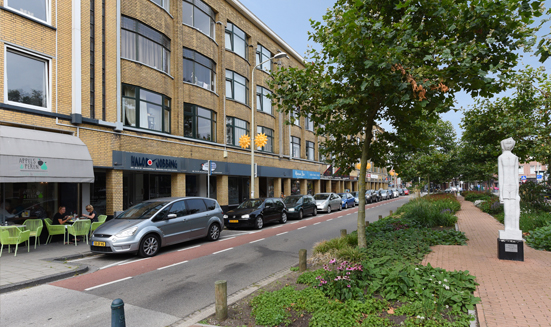
The Vruchtenbuurt is a popular city district, largely built in the 1930s, and characterised by quiet streets, small squares, and beautiful courtyards.
Read on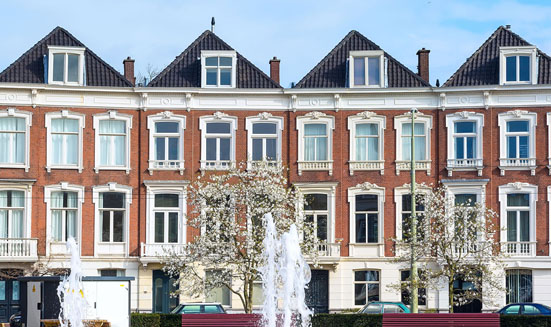
Het Zeeheldenkwartier (ook wel Zeeheldenbuurt genoemd) is een levendige wijk nabij het centrum van Den Haag.
Read on